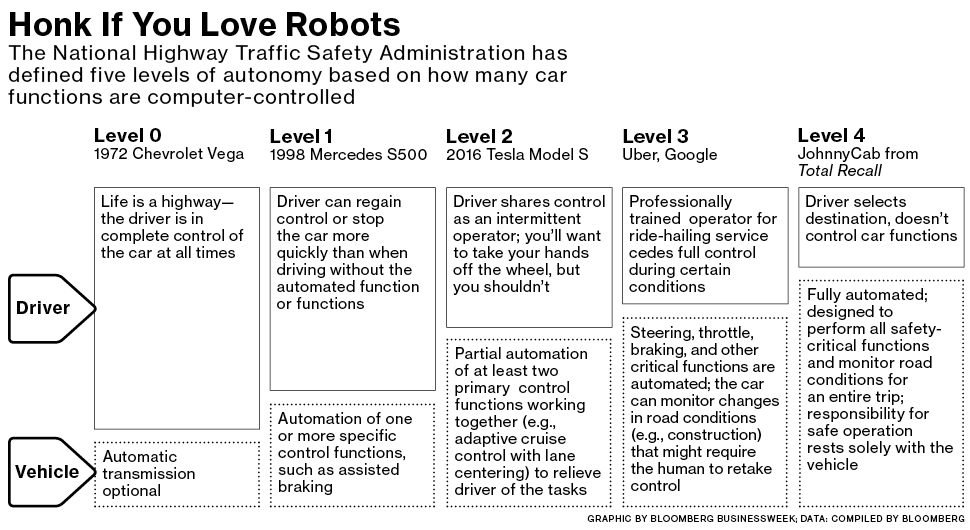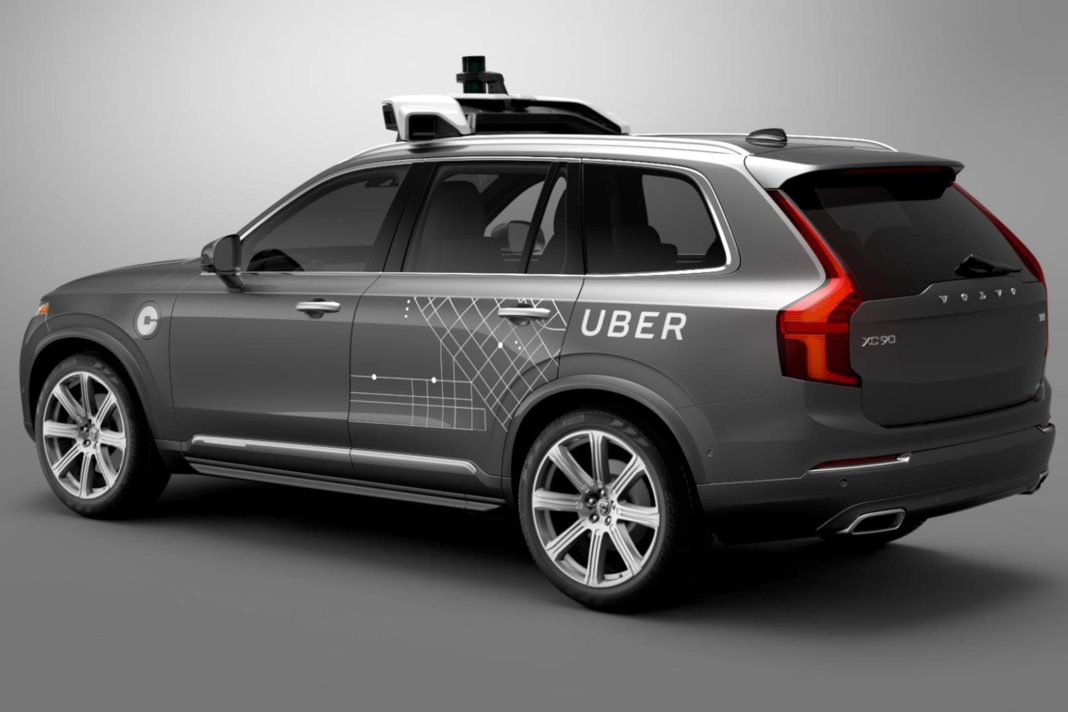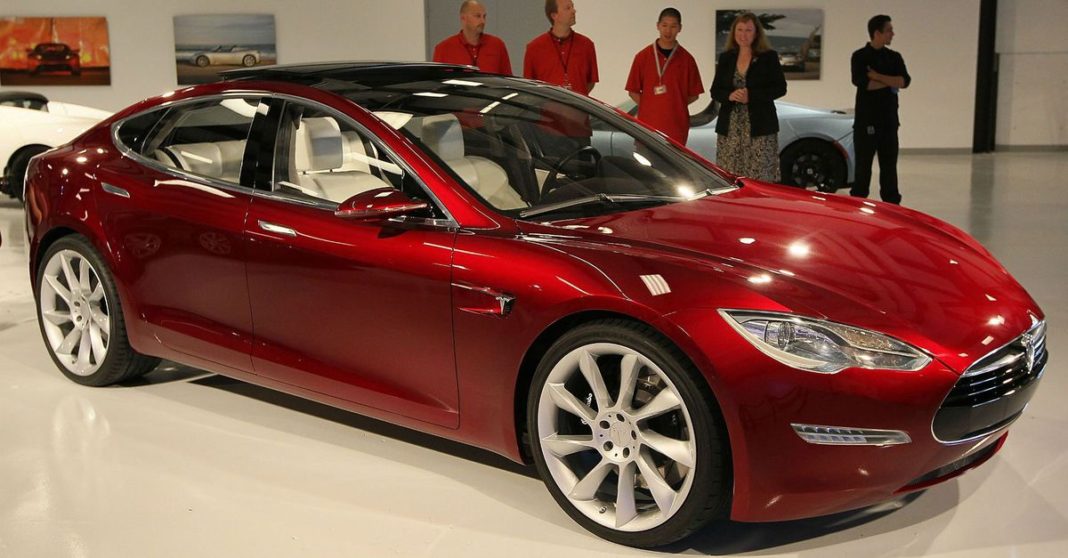The end of 2014 saw co-founder of Chief Executive Officer of Uber, Travis Kalanick, fly to Pittsburgh to hire several experts in the field of autonomous vehicles. One of Pittsburgh’s most famous landmarks is the Carnegie Mellon University, and it was here in the robotics department that many of the biggest names in the industry began, including the creator of Google’s self-driving car, Sebastian Thrun. Uber’s main goal is to replace more than 1 million human drivers with robots, and although that may sound like a pretty hard task, the team are confident of their plans.
Starting from later this month, Uber will be offering customers in downtown Pittsburgh the chance to hail a self-driving cab directly from their phones. This is the first of its kind anywhere. Google, Tesla, and Ford have all had some involvement in the world of autonomous driving, but not quite in the same way Uber intends to. To begin with, the autonomous Volvo XC90 vehicles will have humans in the driver’s seat for now, just in case of any problems. But, Uber and Volvo have signed a deal stating they will be investing $300 million into getting a fully autonomous vehicle ready for the road by 2021.
–
Uber have also just reached a deal to buy Otto, a driverless truck start-up company that was established earlier this year. Otto developed technology that allowed big-rig trucks to self-steer on highways and is currently being tested on roads in and around San Francisco, California. Uber hopes to use that technology to integrate it into its system to create an Uber-like service for long-haul trucking across the U.S. Although the company has great ideas, they have no intention of manufacturing a vehicle themselves and are happy to continue to make deals with automakers, like Volvo, to make it work.

As part of the trial period, those Pittsburgh customers using the service will receive free trips for now. But, even when prices are introduced, they will be much lower than the cost of running a private car. On the other end of the scale, the project is receiving some opposition, especially following the fatal accident involving Tesla’s Autopilot service earlier this year. Although no mishaps have happened with Uber’s autonomous cars so far, there is a first time for everything.
–
During the stringent testing process, a professionally trained engineer sits at the wheel of the autonomous car, ready to take control if need be. Next to them sits a co-pilot who records everything on a laptop which is then added to the footage from the car’s cameras (inside and out) so that any glitches can get seen to immediately. One issue that was highlighted during the testing phase was bridged. Because bridges offer very few environmental cues, they are harder for the navigational system to recognize. But, this is not something the team are giving up on and will continue to work on this and any other problem that arises to make it the best autonomous ride-haling service ever.
More News To Read











